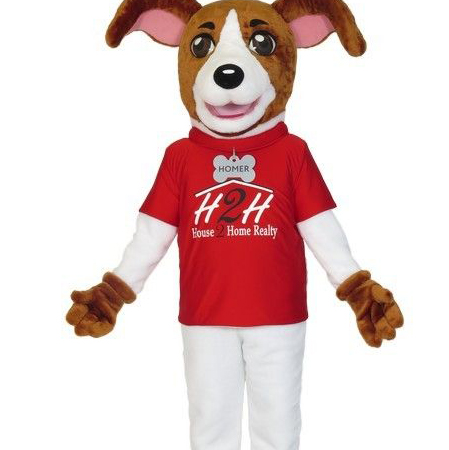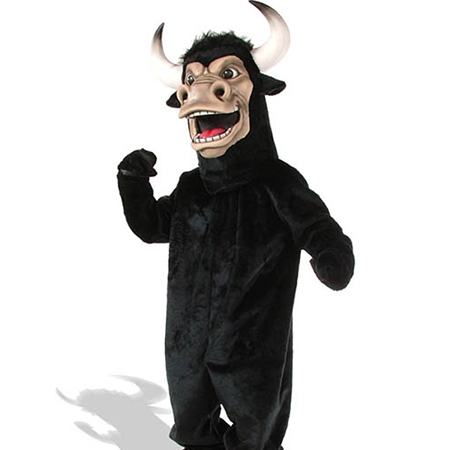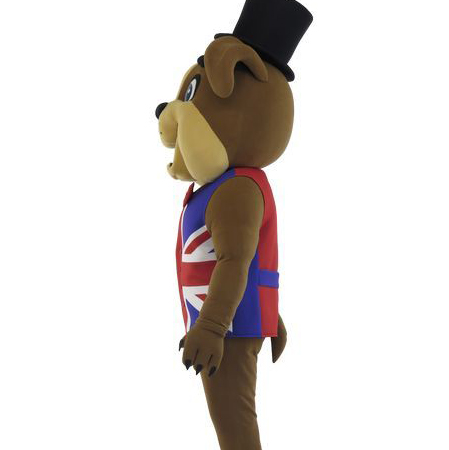In the realm of entertainment and sports, professional mascot costumes play an indispensable role in engaging audiences and creating memorable experiences. These lively characters, donned by performers who bring them to life, are more than just fabric and foam; they embody the spirit of their respective teams or brands. But what goes into training someone to become a professional mascot? Let’s delve into the fascinating world behind the mask.
Professional mascot training begins with understanding the character inside out. This involves not only mastering the physical aspects like wearing the costume but also embodying the character’s personality, quirks, and mannerisms. It’s crucial for mascots to have a deep connection with the persona they portray. This might involve studying videos, interacting with fans, and even learning backstory details that add depth to their performances.
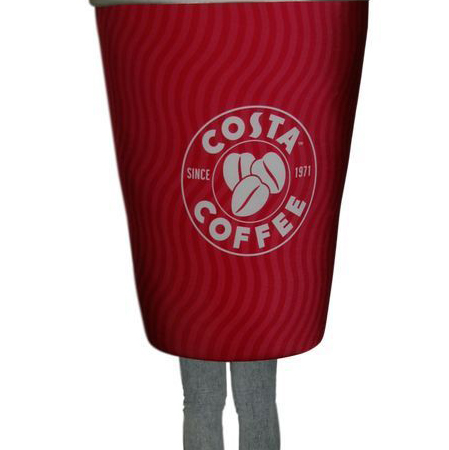
One essential aspect of mascot training is physical conditioning. Wearing a full-body mascot costume can be incredibly strenuous. The costumes often weigh between 20 to 30 pounds and can significantly restrict movement and visibility. Hence, performers undergo rigorous fitness routines to build endurance, strength, and flexibility. Cardiovascular exercises, weight training, and yoga are commonly incorporated to ensure mascots can sustain high-energy performances throughout events.
Communication without words is another critical skill for mascots. Since they rarely speak due to the costume’s design, expressive body language becomes paramount. Eye contact, gestures, and facial expressions must be clear and exaggerated enough to convey emotions effectively from within the bulky suit. Acting classes and improvisation workshops are often part of the training regimen to hone these non-verbal communication skills.
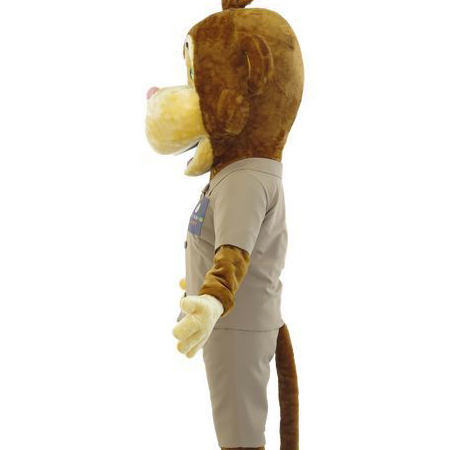
Interacting with the audience is where a mascot truly shines. Training programs emphasize building positive relationships with fans, especially children. This includes learning how to read the crowd, respond to different types of reactions, and maintain appropriate distance and respect at all times. Mascots are trained to handle hecklers gracefully and keep interactions fun and safe, ensuring that every fan leaves with a smile.
Safety is a priority when it comes to wearing and operating mascot costumes. Proper fitting and maintenance of the costume are crucial to prevent accidents. Mascots are trained on how to enter and exit costumes quickly in case of emergencies and are often required to take safety courses specific to their environments, be it a sports arena, theme park, or corporate event.
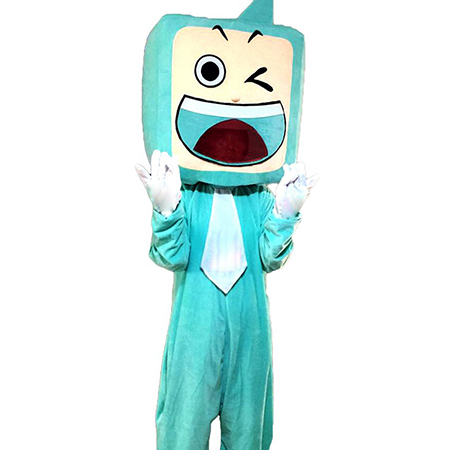
Another interesting component of mascot training involves understanding the cultural and contextual significance of the character. For instance, a sports mascot needs to be well-versed in team history, player stats, and current events related to the sport. Similarly, a brand mascot should align their performance with the company’s values and marketing strategies.
Lastly, perhaps the most rewarding part of being a professional mascot is the joy it brings to others. Mascots are often seen as symbols of community and togetherness, and their ability to uplift spirits makes all the training worthwhile. Through countless hours of practice and dedication, these masked marvels transform into beloved figures that leave lasting impressions on fans young and old.
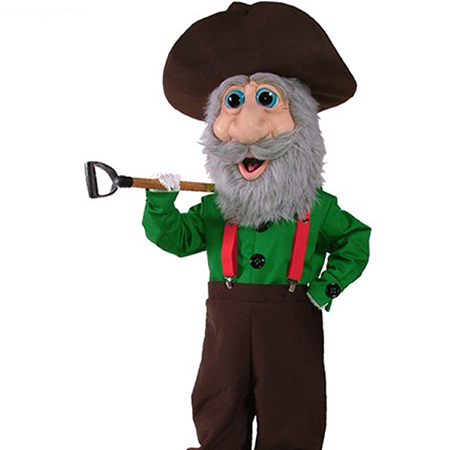
In conclusion, the world of professional mascots is a vibrant and dynamic one, filled with extensive training, physical preparation, and a deep commitment to bringing happiness to others. From perfecting physical agility to mastering non-verbal communication, mascot performers invest significant time and energy into their craft. And while the costume may hide their identity, it never conceals the passion and enthusiasm they bring to every performance.

